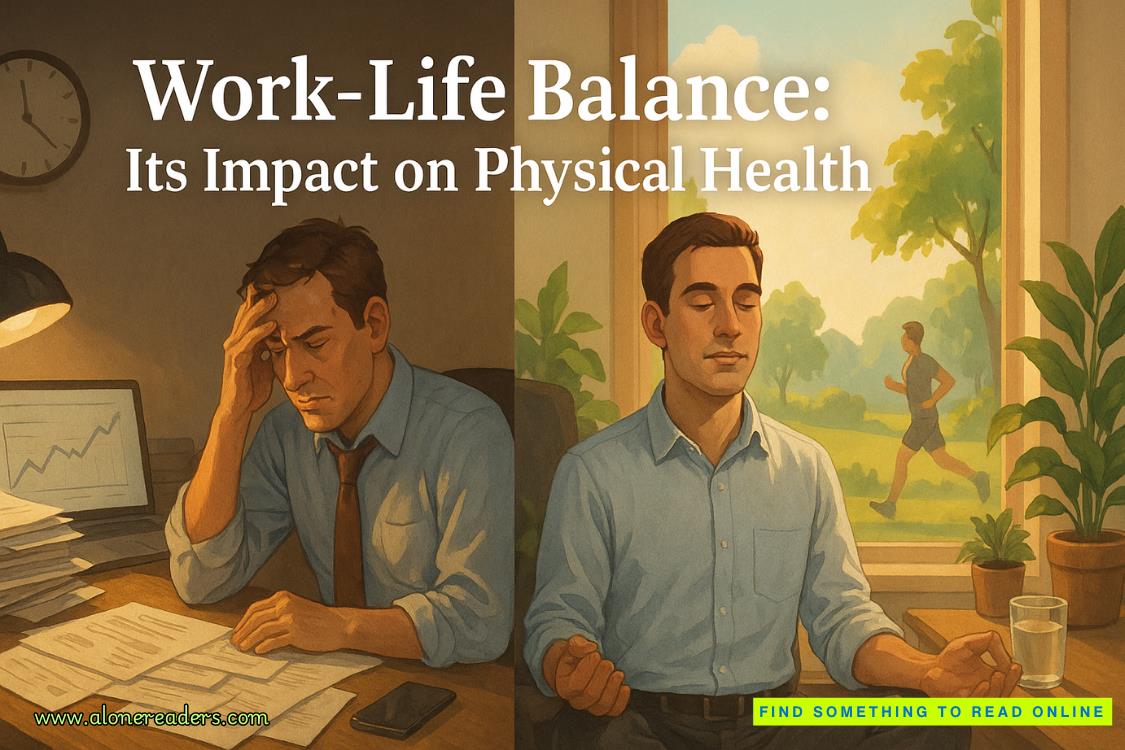He pointed to the main screen. The video had started to loop, and now showed the critter kicking open the exit door and scattering the pedestrians.
Wh
en Mariani’s eyes went to it, the Hispanic was taking shots at the door and Payne was dropping to his knees.
“I wouldn’t let His Honor the Mayor see that,” Denny Coughlin went on. “He’s liable to slip it to the media. I think he likes that Wyatt Earp persona of Payne’s. Makes folks see that his administration stands with the police and isn’t afraid to boldly go after the bad guys.”
There were chuckles.
“Commissioner Walker,” Corporal Rapier suddenly said. “Some fresh imagery coming in. Shall I put it up on the main screen?”
“Yes, of course, Kerry. Punch it up.”
All eyes turned to the big screen.
The black-and-white shot of Payne running down the sidewalk with his pistol raised disappeared. In its place, up popped a new full-color video feed. It was an aerial shot, somewhat shaky and at times pixilated, the image turning momentarily to colored dots and squares. That suggested it was being shot by one of the Aviation Unit’s Bell helicopter Long Rangers.
When the image became stable, it clearly showed a Philadelphia Police Marine Unit boat making a slow circle on a river. The vessel was a twenty-four-foot-long Boston Whaler, its fiberglass hull silver with the department’s blue-and-yellow-stripe color scheme. It had a two-hundred-horsepower Evinrude outboard. The light bar atop the aluminum tower was pulsing red and blue.
In the lower right-hand part of the screen, text popped up:
Schuylkill River at Grays Ferry Avenue Bridge 1158 hours, 24 Sept “What the hell are we looking at?” Mariani said. “Some sort of fishing expedition?”
Walker looked at Corporal Rapier.
“Well, Kerry, anything on it?”
Corporal Rapier shook his head. “No, sir. All we just got was a call from the Marine Unit stating that they just recovered a body that was bobbing in the Schuylkill.”
VI
ONE
Mall de Mejico 1118 South Sixth Street, Philadelphia Wednesday, September 9, 12:16 P.M.
The Mall of Mexico carried on in much the same South Philly tradition as that of the nearby historic Ninth Street Market. Dating back to the turn of the twentieth century, the storefronts and open-air vendors of the Ninth Street Market-roughly the area along Ninth that covered the five blocks between Washington Avenue and Christian Street-served the great masses of immigrants of its neighborhoods. At one time or another-and most often overlapping-there were merchants catering to the tastes of the city’s immigrant families from Italy and Ireland and Germany and Israel and Africa.
The flat-roofed one-story concrete-block building that housed the Mall of Mexico had originally been built for Unity Frankford Stores, one of Philly’s long-time grocery store chains. (And if one looked beyond the gaudy paint, the original signage was still there, painted over countless times.) Each of the Unity Frankford Stores had been individually owned, and got their goods wholesale from the Frankford Grocery Company warehouse at Griscom and Unity Streets.
Then along came the corporate giants, the Great Atlantic amp; Pacific Tea Company (the “A amp;P”) among them. These eventually squeezed out Philly’s Unity Frankford and another grocer, American Stores. American did eventually become Acme, and there was in fact an Acme down around the corner from Mall de Mejico, on Washington.
Unity Frankford, however, was long dead and buried, and a vibrant Latin American marketplace its latest incarnation there on Sixth at Washington.
The Mall of Mexico merchants were arranged on a grid, much like those in the Reading Terminal Market. They offered South Philly’s immigrants the foods and more of Mexico, of course, but also of Guatemala, Honduras, El Salvador, Nicaragua, even Cuba.
The mall’s front windows and doors overlooked a small asphalt parking lot. Its cinder-block walls were brightly painted in yellows and blues and reds. There was graffiti tagged at the rear. It had been spray-painted along the Sixth Street sidewalk by the beat-up pay telephone that was lag-bolted to the cinder-block wall. One large yellow section of that wall had a listing of mall merchants and the services that they offered. The lettering was done in black paint by what someone might kindly suggest was a shaky hand holding the brush.
Pacing the sidewalk along Sixth Street were thirty-odd Hispanic males of nearly all ages, starting around twelve and on up to sixty, the majority in their twenties. They were itinerant day laborers, many having just arrived in the city. They watched the passing traffic on Sixth, their interest piquing when a pickup or other work truck approached and slowed.
One or two of the laborers were selected by the others as their representative, mostly for the ability to speak English. The representatives went to the truck and spoke with the driver. After being told the type of work that needed to be done and negotiating a cash price, the representatives then consulted in Spanish with the other laborers. Workers were selected according to various criteria-for example, younger ones for hard labor requiring a strong back-and these workers then jumped in the back of the pickup.
And the rest went back to waiting for another truck to arrive.
On the sidewalk in front of the mall, an elderly Hispanic woman stood under the umbrella bolted to her food vendor cart. She was heavyset, and despite the shade of the umbrella was sweating in the heat of the September sun. The rubber-tired steamer cart was small, its diamond-patterned stainless steel battered. A handwritten menu taped to the front advertised tamales in pork, chicken, or cheese for one dollar each. A can of Coke or Sprite from the plastic cooler she used for a seat between sales also sold for a dollar.
As Juan Paulo Delgado drove into the parking lot in his Chevrolet Tahoe, the meat and corn smells of the tamales came into his vehicle through the open sunroof. He saw the elderly Hispanic woman pulling four aluminum-foiled wrapped tamales from her steamer. She handed them to two stout Hispanic women who appeared to be only a little younger than she was.
To Delgado, the scene had the same third-world feeling he’d found in so many other U.S. cities.















